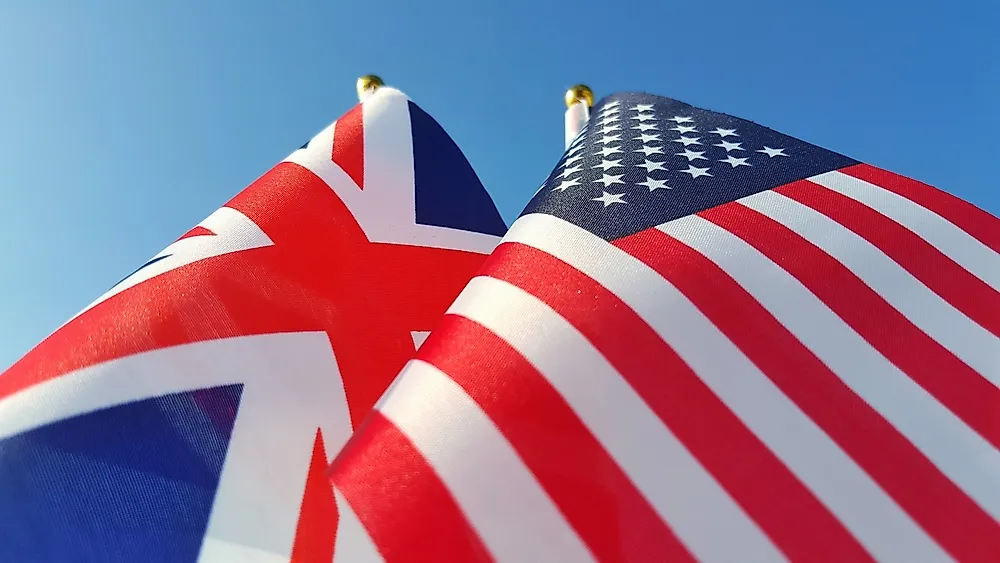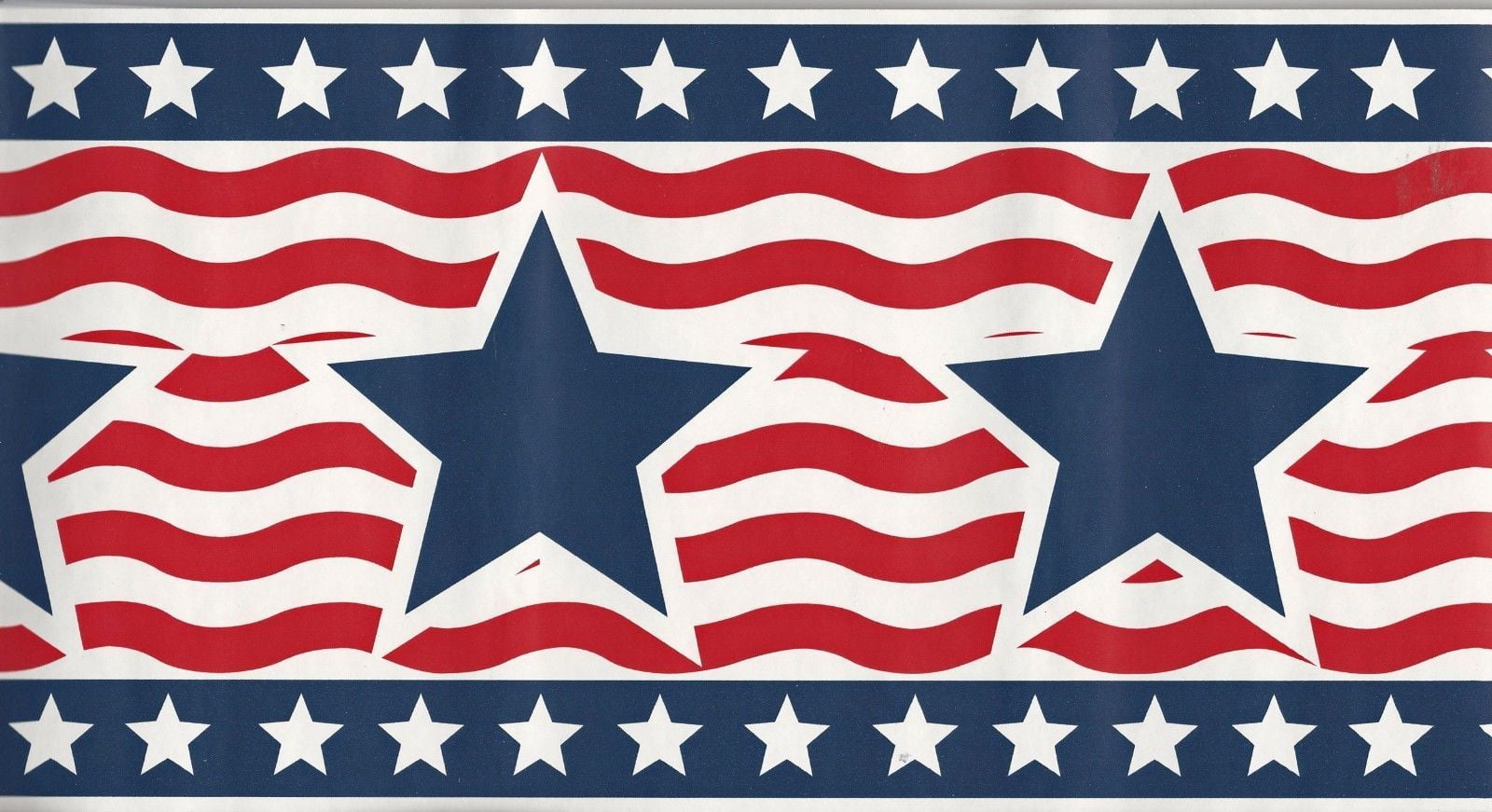

This change has typically been the only change made with each revision of the flag since 1777, with the exception of changes in 17, which increased the number of stripes to 15 and then returned it to 13, respectively. The greatest example so far was in 1890, when five states were admitted within the span of a single year ( North Dakota, South Dakota, Montana, and Washington in November 1889 and Idaho on 3 July 1890). In years in which multiple states have been admitted, the number of stars on the flag has jumped correspondingly. Since 1818, a star for each new state has been added to the flag on the Fourth of July immediately following each state's admission. The national anthem of the United States is a reference to the flag. The flag is also often called the Stars and Stripes, the Star-Spangled Banner, or Old Glory. The colors have no special meaning in the flag, but in the coat of arms, white stands for purity and innocence, red for bravery and strength, and blue for watchfulness, perseverance and justice. The colors in the flag are red, white and blue. Hawaii joined on 21 August 1959, so the flag with 50 stars that is used today was not flown until 4 July 1960. Alaska joined on 3 January 1959, so the new flag with 49 stars was used from 4 July 1959. The last states to join the United States were Alaska and Hawaii in 1959. The new flag is first flown on the 4th of July ( Independence Day). When a new state joins the United States, a new flag is made with an extra star. There are 50 stars which represent the 50 states of America. The flag also has a blue canton, a rectangle in the top left corner. These 13 stripes represent the original thirteen colonies. It has 7 red stripes and 6 white stripes. Inside the red triangle is a single white star.The flag of the United States of America is a national flag.

The national flag for Cuba features white and blue stripes with a red triangle in the left portion of the flag. A prominent example of this flag design is Cuba. Several flags have adopted the red, white, and blue colors with a single star. An interesting fact about the state flag of Texas is that this flag is the only state flag that also represented an independent country at one point in its history. The red and white stripes represent both courage and liberty, while the blue vertical rectangle is meant to represent loyalty. The colors used for the state flag in Texas were explicitly chosen to represent the people of Texas. Within the blue vertical stripe is a single white star. To the left of the flag is a single blue band that runs from the top of the flag to the bottom. Texas's state flag features two bold stripes of red and white, with the top stripe white and the bottom stripe red. In the United States, each state will have a flag that represents the people and history of the state. While it is popular for countries to have a red, white, and blue flag with one star, this design is also famously featured on the state flag of Texas. What States Use a Red, White, and Blue Flag with One Star? Within the blue rectangle is a single, white star. A small blue rectangle is located in the flag's upper left corner. This flag has 11 red and white stripes, with a red stripe featured as the first and last stripe on the flag. Similarly, Liberia also has a red, white, and blue flag with a single white star.


 0 kommentar(er)
0 kommentar(er)
